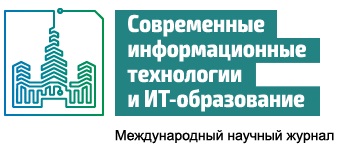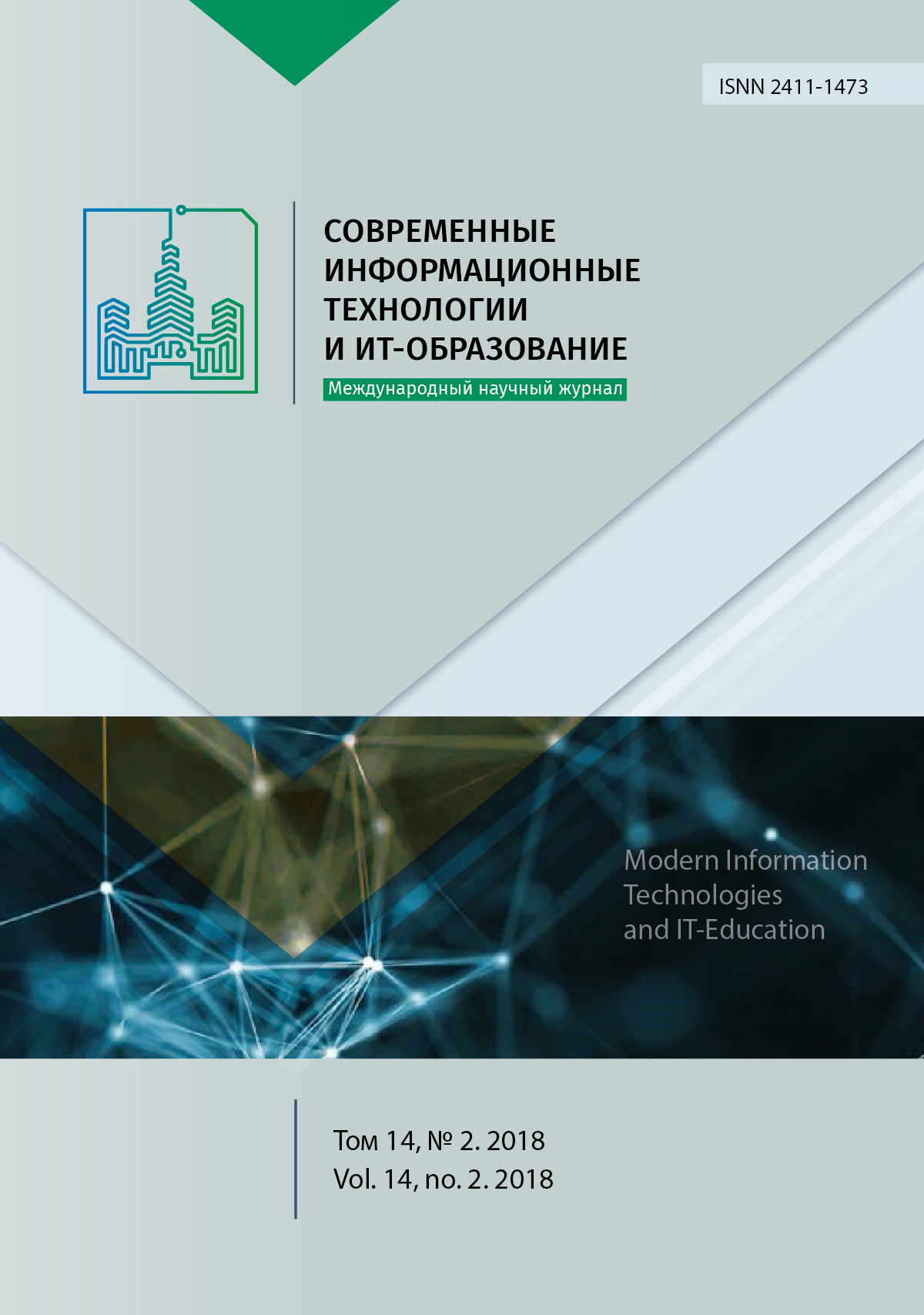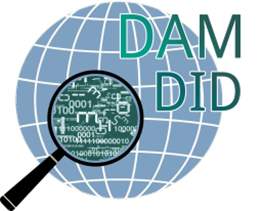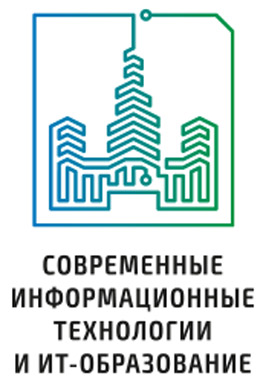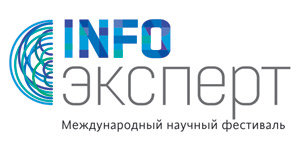МОДЕЛИРОВАНИЕ И АНАЛИЗ ОСОБЕННОСТЕЙ ПРИМЕНЕНИЯ КОМАНДНЫХ СТРАТЕГИЙ В ПРИЛОЖЕНИЯХ КИБЕРСПОРТА
Аннотация
Идеальное сочетание спортивных и информационных технологий, реализованное в видео- и компьютерных играх, сделало киберспорт необыкновенно популярным, стремительно развивающимся и отвечающим вызовам современного мира. Стремительными темпами увеличились как масштабы проводимых соревнований, так и объемы финансовых вложений в киберспорт. В связи с этим особую привлекательность получают виды деятельности, связанные с подготовкой спортивных команд к соревнованиям. Особый интерес для тренеров представляет изучение лучшей соревновательной практики, стратегий и тактик как команд соперников, так и отдельных их игроков. В статье предложена и подтверждена гипотеза, что гораздо более содержательны и обоснованы методы подготовки киберспортсменов, основанные на математических подходах к анализу данных, которые формально подтверждают преимущества тех или иных командных тактик и позволяют сделать выводы о перспективах использования тех или иных методов ведения игры. В качестве основного источника данных для анализа стратегий, используемых командами киберспортсменов, были использованы демо-файлы сохраненных игр турниров по Counter Strike. На их основе был сформирован датасет, включающий метаданные игры, данные об игровых ситуациях, связанных с поведением отдельных игроков – движением, использованием экипировки, результатах взаимодействия с противником, а также дополнительно рассчитанные признаки командной игры, связанные с уровнем игровой активности, использованием открытого пространства, ловушек, группового характера и скорости перемещения. На основе методов машинного обучения сделаны рекомендации о важных признаках приоритетных командных стратегий, которые предполагают высокие/низкие значения этих признаков в случае победы или поражения соответствующей команды. Также было проведено исследование признаков, влияющих на победу отдельных команд, имеющих антогонистические игровые интересы.
Литература
[2] Chang T-S., Ku C-Y., Fu H-P. Grey theory analysis of online population and online game industry revenue in Taiwan. Technological Forecasting and Social Change. 2013; 80(1):175-185. DOI: 10.1016/j.techfore.2012.06.009
[3] Chee F. Understanding Korean experiences of online game hype, identity, and the menace of the "Wang-tta". Proceedings of the 2005 DiGRA International Conference: Changing Views: Worlds in Play. 2005, vol. 3, 12 pages. Available at: http://www.digra.org/wp-content/uploads/digital-library/06278.12446.pdf (accessed 20.05.2018).
[4] Boyle E.A., Connolly T.M., Hainey T., Boyle J.M. Engagement in digital entertainment games: A systematic review. Computers in Human Behavior. 2012; 28(3):771–780. DOI: 10.1016/j.chb.2011.11.020
[5] Yamamoto K., McArthur V. Digital economies and trading in counter strike global offensive: How virtual items are valued to real world currencies in an online barter-free market. Proceedings of 2015 IEEE Games Entertainment Media Conference (GEM). Toronto, ON, Canada, 2015. pp. 1-6. DOI: 10.1109/GEM.2015.7377220
[6] Jansz J., Tanis M. Appeal of Playing Online First Person Shooter Games. CyberPsychology & Behavior. 2007; 10(1):133-136. DOI: 10.1089/cpb.2006.9981
[7] Grimshaw M., Charlton J., Jagger R. First-person shooters: Immersion and attention. Eludamos. Journal for Computer Game Culture. 2011; 5(1):29-44. Available at: http://www.eludamos.org/index.php/eludamos/article/view/vol5no1-3/html3 (accessed 20.05.2018).
[8] Nacke L., Lindley C.A. Flow and immersion in first-person shooters: measuring the player's gameplay experience. Proceedings of the 2008 Conference on Future Play: Research, Play, Share (Future Play '08). ACM, New York, NY, USA, 2008. pp. 81-88. DOI:10.1145/1496984.1496998
[9] Cheng M.-T., She H.-C., Annetta L.A. Game immersion experience: its hierarchical structure and impact on game-based science learning. Journal of Computer Assisted Learning. 2015; 31(3): 232–253. DOI: 10.1111/jcal.12066
[10] Jennett C.I. Investigating Real World Dissociation in Computer Game Immersion: Manipulating Sense of Progression and Measuring Awareness of Distracters. A thesis submitted in partial fulfilment of the requirements for the degree of Doctor of Philosophy. UCL Interaction Centre, Department of Psychology, 2009. 241 p.
[11] Cairns P., Cox A., Nordin A.I. Immersion in Digital Games: Review of Gaming Experience Research. Chapter 12. Handbook of Digital Games (eds M.C. Angelides, H. Agius), Wiley-IEEE Press, 2014. pp. 337–361. DOI: 10.1002/9781118796443.ch12
[12] Reddy G.S.H. Empirical Investigation on Measurement of Game Immersion using Real World Dissociation Factor. Thesis no: MSCS-2016-13, 2016. 85 p.
[13] Snyder W.M., Wenger E. Our World as a Learning System: A Communities-of-Practice Approach. Blackmore C. (eds) Social Learning Systems and Communities of Practice. Springer, London, 2010. pp. 107-124. DOI: 10.1007/978-1-84996-133-2_7
[14] Pargman D., Jakobsson P. Do you believe in magic? Computer games in everyday life. European Journal of Cultural Studies. 2008; 11(2):225-243. DOI: 10.1177/1367549407088335
[15] Pargman D., Jakobsson P. The magic is gone: a critical examination of the gaming situation. Gaming realities: a challenge for digital culture: Athens, 6-8 October 2006. M. Santorineos (Ed.) Athens: Fournos, 2006. pp. 15-22.
[16] Jakobsson P. E-sport, cyberatleter och professionalitet. Unga och nätverkskulturer: mellan moralpanik och teknikromantik. S. Lindgren, T. Sandgren (Ed.) Stockholm: Ungdomsstyrelsen, 2007. pp. 61-80.
[17] Suárez L., Thio C.F., Singh S. Why people play massively multiplayer online games? International Journal of e-Education, e-Business, e-Management and e-Learning. 2013; 3(1):7-12. DOI: 10.7763/IJEEEE.2013.V3.184
[18] Kim Y., Lee J., Kim G. Extending "out of the body" saltation to 2D mobile tactile interaction. Proceedings of the 10th Asia Pacific Conference on Computer Human Interaction (APCHI '12). ACM, New York, NY, USA, 2012. pp. 67-74. DOI:10.1145/2350046.2350064
[19] Hudson M., Cairns P. The effects of winning and losing on social presence in team-based digital games. Computers in Human Behavior. 2016; 60:1-12. DOI: 10.1016/j.chb.2016.02.001
[20] Chen Y-C., Chen P.S., Hwang J-J., Korba L., Song R., Yee G. An analysis of online gaming crime characteristics. Internet Research. 2005; 15(3):246-261. DOI: 10.1108/10662240510602672
[21] Hollingdale J., Greitemeyer T. The Effect of Online Violent Video Games on Levels of Aggression. PLOS ONE. 2014; 9(11):e111790. DOI: 10.1371/journal.pone.0111790
[22] Christou G. A comparison between experienced and inexperienced video game players’ perceptions. Human-centric Computing and Information Sciences. 2013; 3:15. DOI: 10.1186/2192-1962-3-15
[23] Rambusch J., Jakobsson P., Pargman D. Exploring E-sports: A Case Study of Gameplay in Counter-strike. Proceedings of the 2007 DiGRA International Conference: Situated Play. Tokyo: University of Tokyo, 2007. pp. 157-164. Available at: http://www.digra.org/wp-content/uploads/digital-library/07313.16293.pdf (accessed 20.05.2018).
[24] Calvillo-Gámez E.H., Cairns P., Cox A.L. Assessing the core elements of the gaming experience. Chapter 3. Game User Experience Evaluation. R. Bernhaupt (Ed.) Springer International Publishing, 2015. pp. 37–62. DOI: 10.1007/978-3-319-15985-0
[25] Windleharth T.W., Jett J., Schmalz M., Lee J. H. Full Steam Ahead: A Conceptual Analysis of User-Supplied Tags on Steam. Cataloging & Classification Quarterly. 2016; 54(7):418-441. DOI: 10.1080/01639374.2016.1190951
[26] Olshefski E.G. Game-changing event definition and detection in an eSportss corpus. Proceedings of the 3rd Workshop on EVENTS at the NAACL-HLT 2015. New York, USA, 2015. pp. 77–81. Available at: http://aclweb.org/anthology/W15-08 (accessed 20.05.2018).
[27] Coelho L.P., Richert W. Building Machine Learning Systems with Python. Second Edition. Packt Publishing, 2015. 305 p.
[28] VanderPlas J. Python Data Science Handbook: Essential Tools for Working with Data. O'Reilly Media, 2017. 548 p.

Это произведение доступно по лицензии Creative Commons «Attribution» («Атрибуция») 4.0 Всемирная.
Редакционная политика журнала основывается на традиционных этических принципах российской научной периодики и строится с учетом этических норм работы редакторов и издателей, закрепленных в Кодексе поведения и руководящих принципах наилучшей практики для редактора журнала (Code of Conduct and Best Practice Guidelines for Journal Editors) и Кодексе поведения для издателя журнала (Code of Conduct for Journal Publishers), разработанных Комитетом по публикационной этике - Committee on Publication Ethics (COPE). В процессе издательской деятельности редколлегия журнала руководствуется международными правилами охраны авторского права, нормами действующего законодательства РФ, международными издательскими стандартами и обязательной ссылке на первоисточник.
Журнал позволяет авторам сохранять авторское право без ограничений. Журнал позволяет авторам сохранить права на публикацию без ограничений.
Издательская политика в области авторского права и архивирования определяются «зеленым цветом» в базе данных SHERPA/RoMEO.
Все статьи распространяются на условиях лицензии Creative Commons «Attribution» («Атрибуция») 4.0 Всемирная, которая позволяет другим использовать, распространять, дополнять эту работу с обязательной ссылкой на оригинальную работу и публикацию в этом журналe.
